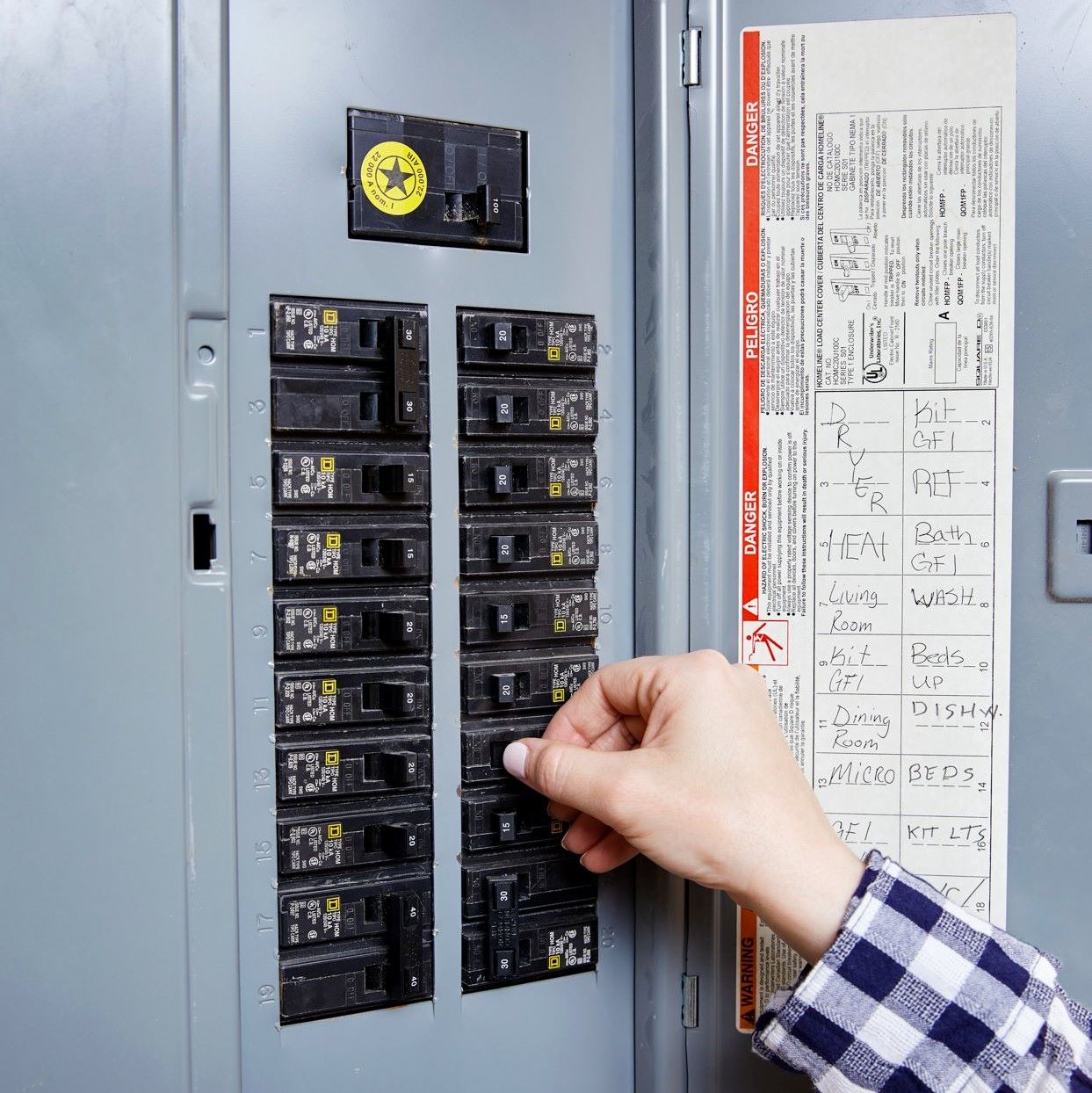

Articles
How To Check Breakers In Breaker Box
Modified: December 7, 2023
Learn how to check breakers in your breaker box with our informative articles.
(Many of the links in this article redirect to a specific reviewed product. Your purchase of these products through affiliate links helps to generate commission for Storables.com, at no extra cost. Learn more)
Introduction
When it comes to electrical systems, safety should always be a top priority. One crucial component of any electrical system is the breaker box, also known as the electrical panel or distribution board. The breaker box is responsible for distributing electricity to different circuits in your home or building, and it plays a vital role in protecting your electrical system from overload or short circuits.
In order to ensure the smooth functioning of your electrical system and to prevent potential hazards, it’s important to regularly check the breakers in your breaker box. Checking the breakers allows you to identify any issues or faults, such as tripped breakers or faulty connections, and address them promptly.
In this article, we will guide you through the process of checking breakers in a breaker box. We will discuss the necessary tools, safety precautions, and provide a step-by-step guide to help you efficiently and safely perform this task. Additionally, we will cover common issues and troubleshooting tips, and we will advise you on when it’s appropriate to call a professional electrician.
By following the recommendations in this article, you can become more knowledgeable about your electrical system and take the necessary steps to ensure its proper functioning, ultimately contributing to the safety and well-being of your home or building.
Key Takeaways:
- Regularly checking the breakers in your breaker box is crucial for preventing electrical hazards, promoting energy efficiency, and extending the lifespan of your electrical appliances.
- When in doubt or facing complex electrical issues, it’s best to call a professional electrician to ensure safety, compliance, and effective solutions for your electrical system.
What is a breaker box?
A breaker box, also commonly referred to as an electrical panel or distribution board, is a crucial component of any electric system. It is essentially a metal box that houses circuit breakers, which are switches that control the flow of electricity to different circuits in your home or building.
The breaker box acts as the main distribution point for electrical power, receiving electricity from the utility company and distributing it to various outlets, appliances, and lighting circuits throughout the building. It is typically located in a utility room, basement, or garage, and is usually secured by a lockable panel cover for safety.
Inside the breaker box, you will find a series of circuit breakers, each dedicated to a specific electrical circuit in your home. Depending on the size of your electrical system and the number of circuits, the breaker box will have a varying number of circuit breakers. These breakers serve as protective devices that automatically shut off the flow of electricity in the event of a fault or overload, preventing electrical fires and other hazards.
The main circuit breaker, also known as the service disconnect switch, is usually located at the top or bottom of the breaker box. This breaker controls the supply of electricity to the entire building and can be turned off to cut off power to the entire system in case of emergencies or maintenance.
Other circuit breakers in the breaker box are dedicated to specific areas or appliances within the building. For example, you may have separate circuit breakers for the kitchen, bathroom, bedrooms, or HVAC system. If there is an electrical issue or overload in a specific area, the corresponding circuit breaker will trip, cutting off power to that area while keeping the rest of the electrical system functioning.
Breaker boxes come in different sizes and configurations depending on the electrical needs of the building. It is important to have an adequate number of circuit breakers to accommodate the electrical load of the building and to prevent overloading.
Overall, the breaker box is a critical component of your electrical system that ensures the safe and efficient distribution of electricity throughout your home or building. Regularly checking the breakers in the breaker box is essential for maintaining the integrity of your electrical system and promoting safety.
Importance of checking breakers
Checking the breakers in your breaker box is an important maintenance task that should not be overlooked. Here are several reasons why regularly checking your breakers is of utmost importance:
- Identify tripped breakers: Tripped breakers are a common occurrence and can happen due to various factors such as overloading, short circuits, or faulty appliances. By regularly checking your breakers, you can quickly identify any tripped breakers and address the underlying issue. This will help you restore power to the affected circuit and prevent inconvenience.
- Prevent electrical hazards: Faulty breakers or wiring can pose serious electrical hazards, including electrical shocks and fires. By regularly checking your breakers, you can identify any signs of damage, loose connections, or overheating that could potentially lead to electrical hazards. Taking prompt action to repair or replace faulty breakers can significantly reduce the risk of electrical accidents.
- Promote energy efficiency: Overloaded circuits can lead to energy wastage and increase your electricity bills. By checking your breakers and ensuring that the load on each circuit is within the recommended limit, you can promote energy efficiency and prevent unnecessary electricity consumption. This can result in cost savings and a reduced environmental impact.
- Extend the lifespan of electrical appliances: Overloaded circuits can cause excessive strain on electrical appliances, leading to premature wear and tear. By regularly checking your breakers and balancing the load across circuits, you can prevent overloading and extend the lifespan of your appliances. This can save you money in the long run by reducing the need for frequent repairs or replacements.
- Early detection of electrical issues: Breakers act as a protective mechanism against electrical faults and overloads. If a breaker keeps tripping frequently, it may indicate an underlying electrical issue that needs to be addressed. By checking your breakers regularly, you can detect these issues early on and take appropriate measures to prevent further damage or emergencies.
Overall, checking the breakers in your breaker box is crucial for maintaining the safety, efficiency, and reliability of your electrical system. It allows you to promptly address any issues, prevent hazards, and ensure the smooth functioning of your electrical circuits. Make it a regular part of your maintenance routine to safeguard your home or building and protect your electrical appliances and devices.
Tools required for checking breakers
When it comes to checking breakers in a breaker box, you don’t need a lot of specialized tools. However, having a few essential tools can make the process easier and safer. Here are the tools you will need:
- Voltage tester: A voltage tester is a handheld device that allows you to test the presence of electrical current in a circuit. It is an essential tool for checking breakers as it helps you determine whether a circuit is energized or not. Make sure to use a reliable and properly calibrated voltage tester to ensure accurate readings.
- Screwdriver: A flathead or Phillips screwdriver will be needed to remove the panel cover of the breaker box. The type of screwdriver you need will depend on the type of screws used in your specific breaker box. It’s a good idea to have both types on hand in case you encounter different screw types.
- Electrical gloves: Safety should always be a priority when working with electricity. Electrical gloves provide an additional layer of protection against electric shock. Opt for gloves that are specifically designed for electrical work and ensure they are in good condition without any signs of damage.
- Safety goggles: Protecting your eyes is important to prevent any potential injuries caused by sparks or debris while working with the breaker box. Safety goggles with impact resistance and a snug fit will provide the necessary eye protection.
- Flashlight: Breaker boxes are often located in dark or poorly lit areas such as basements or utility rooms. Having a flashlight on hand will help you see inside the breaker box clearly and navigate through the wires and breakers.
- Labeling tape or stickers: It’s a good practice to label the breakers in your breaker box for easy identification. Labeling tape or stickers will help you keep track of which breaker controls which circuit in your home or building.
- Notebook and pen: It’s helpful to keep a notebook and pen nearby to jot down any observations, notes, or troubleshooting steps while checking the breakers. This will make it easier to refer back to your findings and communicate any issues to a professional electrician if needed.
Having these tools readily available will ensure that you are well-equipped to check the breakers in your breaker box efficiently and safely. Remember to always follow proper safety procedures, such as turning off the main circuit breaker before working on the breakers, and wearing appropriate personal protective equipment.
Safety precautions before checking breakers
Working with electricity can be dangerous, so it’s important to take proper safety precautions before checking breakers in your breaker box. Here are some essential safety measures to follow:
- Turn off the main circuit breaker: Before inspecting or working on the breakers in your breaker box, ensure that the main circuit breaker is switched off. This will cut off power to the entire electrical system, preventing any risk of electric shock. Locate the main breaker, usually positioned at the top or bottom of the breaker box, and switch it to the “off” position.
- Use personal protective equipment (PPE): Wear electrical gloves and safety goggles to protect yourself from potential electrical shocks and debris. Make sure the gloves are designed for electrical work and in good condition. The safety goggles should have impact-resistant lenses and fit snugly to protect your eyes from any sparks or particles.
- Work in a well-lit area: Ensure that the area around the breaker box is well-lit to enhance visibility and prevent accidents. Use a flashlight if necessary to properly see inside the breaker box and navigate the breakers and wiring.
- Avoid moisture and wet conditions: Do not attempt to check breakers in a breaker box if the area is damp or wet. Moisture increases the risk of electrical shocks, so it’s important to wait until the area is dry before proceeding with any electrical work.
- Keep the breaker box area clear: Make sure the area around the breaker box is clear of any obstructions, such as furniture or boxes. This will allow for easy access to the breaker box and prevent any accidents caused by tripping or falling objects.
- Do not overload circuits: Avoid overloading circuits by plugging too many appliances or devices into the same circuit. Overloading can lead to overheating and potential fire hazards. Distribute the load evenly across different circuits to prevent overloading and ensure the proper functioning of the electrical system.
- Avoid unnecessary contact: Do not touch any exposed wires or terminals inside the breaker box unless you are a trained electrician. Even when the main circuit breaker is switched off, there may still be live wires present. Only work on the breakers themselves and avoid coming into contact with other electrical components.
- Consult a professional if unsure: If you are unsure or uncomfortable with checking the breakers on your own, it is always best to consult a qualified electrician. They have the knowledge, skills, and experience to handle electrical systems safely and effectively.
By following these safety precautions, you can minimize the risks associated with working on electrical systems and ensure a safe environment while checking the breakers in your breaker box. Safety should always be the top priority when dealing with electricity, and taking the necessary precautions will help prevent accidents and injuries.
Use a circuit breaker tester to check the breakers in your breaker box. Simply plug it into an outlet and it will indicate if the breaker is working properly.
Read more: How To Open An Outdoor Breaker Box
Step-by-step guide to checking breakers in a breaker box
Checking the breakers in your breaker box is a straightforward process that can be done with care and attention. Follow this step-by-step guide to ensure a thorough inspection:
- Ensure safety precautions: Before beginning, follow the necessary safety precautions such as turning off the main circuit breaker, wearing appropriate personal protective equipment (PPE) such as electrical gloves and safety goggles, and working in a well-lit area.
- Remove the panel cover: Use a screwdriver to remove the panel cover of the breaker box. Be careful not to touch any exposed wires or components inside the breaker box.
- Identify the main circuit breaker: Locate the main circuit breaker within the breaker box. It is typically larger in size and positioned at the top or bottom of the breaker box. The main circuit breaker should be in the “off” or “down” position.
- Inspect the breakers: Starting from the top of the breaker box, visually inspect each individual breaker. Look for any signs of damage, such as burning marks or melted plastic, loose connections, or tripped breakers. Tripped breakers are identified when the breaker switch is in a position between “on” and “off”.
- Reset tripped breakers: If you come across any tripped breakers, switch them to the “off” position and then back to the “on” position. This will reset the breaker and restore power to the circuit. However, make sure to address the underlying issue that caused the breaker to trip in the first place.
- Check circuit load: Evaluate the load on each circuit by identifying which area or appliances are connected to each specific breaker. Ensure that the load on each circuit is within the recommended limit to prevent overloading. Consider redistributing the load if necessary.
- Label breakers: Using labeling tape or stickers, label each breaker with the corresponding area or appliance it controls. This will make it easier to identify and troubleshoot specific circuits in the future.
- Make notes: As you check the breakers, make notes of any observations, issues, or troubleshooting steps you took. This will help you keep a record of your findings and assist in future maintenance or when communicating with a professional electrician.
- Replace the panel cover: Once you have inspected and labeled the breakers, securely fasten the panel cover back onto the breaker box using the screwdriver. Ensure that it is properly aligned and tightened.
- Turn on the main circuit breaker: Finally, switch the main circuit breaker back to the “on” position to restore power to the entire electrical system. Verify that all circuits are functioning properly and recheck any previously tripped breakers to ensure they remain stable.
By following this step-by-step guide, you can systematically check the breakers in your breaker box and ensure the proper functioning of your electrical system. Regularly inspecting and maintaining your breakers will contribute to the safety, efficiency, and longevity of your electrical system.
Common issues and troubleshooting tips
While checking the breakers in your breaker box, you may come across common issues that can affect the performance of your electrical system. Here are some common issues and troubleshooting tips to help you address them:
- Frequent tripping of breakers: If you notice that a specific breaker keeps tripping frequently, it may indicate an overloaded circuit. To troubleshoot this issue, identify the appliances or devices connected to that particular circuit and reduce the load by unplugging unnecessary items. If the problem persists, consider redistributing the load across different circuits or consulting a professional electrician to assess your electrical system.
- Loose connections: Loose connections can cause power fluctuations or even pose a fire hazard. If you notice flickering lights or buzzing sounds, it may be due to loose connections in the breaker box. Carefully inspect the connections and tighten them if necessary. However, if you are unsure or uncomfortable working with electrical connections, it is best to seek the assistance of a qualified electrician.
- Tripping of the main circuit breaker: If the main circuit breaker keeps tripping, it may indicate a more serious electrical issue. This could be caused by a faulty appliance, a short circuit, or a wiring problem. Start by unplugging all appliances and devices connected to the electrical system, and then try resetting the main breaker. If the problem persists, it is advisable to contact a professional electrician for further investigation and repairs.
- Burnt or melted breakers: Burnt or melted breakers can be a result of excessive heat and can pose a significant safety risk. If you notice any signs of burning or melting on a breaker, it should be replaced immediately. Contact a qualified electrician to handle the replacement and conduct a thorough inspection to identify the underlying cause of the issue.
- Inconsistent power supply: If you experience inconsistent or intermittent power supply in certain areas of your home, it may indicate a faulty breaker or wiring. Check the affected breakers for any signs of damage or loose connections. If the problem persists, it is advisable to consult a professional electrician to investigate and rectify the problem.
- Absence of GFCI protection: Ground Fault Circuit Interrupter (GFCI) breakers provide protection against electrical shocks in areas where water is present, such as bathrooms, kitchens, and outdoor outlets. If you find that these areas are not equipped with GFCI breakers, it is recommended to have them installed by a licensed electrician to ensure the safety of your household.
Remember, while troubleshooting common electrical issues can be done on your own, it is important to prioritize your safety. If you are unsure or uncomfortable handling any electrical problems, it is best to seek the assistance of a qualified electrician who can provide expert guidance and ensure the integrity of your electrical system.
When to call a professional electrician
While checking the breakers in your breaker box can be a DIY task, there are certain situations when it is wise to call a professional electrician. Here are some scenarios where it is recommended to seek the expertise of a professional:
- Electrical emergencies: If you experience a complete loss of power or if you detect burning smells, sparking outlets, or other signs of a serious electrical issue, it is important to prioritize your safety and contact a professional electrician immediately. Electrical emergencies require immediate attention to prevent potential hazards, electrical fires, or further damage to your electrical system.
- Complex electrical problems: If you have encountered recurring electrical issues that persist even after troubleshooting or if you are facing complex electrical problems, it is best to consult a professional electrician. They have the knowledge, skills, and equipment to accurately diagnose the problem and provide effective solutions.
- Safety concerns: If you are unsure about the safety of your electrical system, it is always better to err on the side of caution and call a professional electrician. They can conduct a thorough inspection to identify any underlying safety issues, such as faulty wiring, loose connections, or inadequate grounding, and take the necessary steps to rectify them.
- Electrical installations: When it comes to electrical installations, such as adding new circuits, upgrading the breaker panel, or installing complex electrical systems, it is important to rely on the expertise of a licensed electrician. They will ensure that the installation is done safely, in compliance with local electrical codes, and in a manner that meets your specific electrical needs.
- Code compliance: If you are uncertain whether your electrical system meets the local electrical codes and regulations, it is advisable to consult a professional electrician. They are knowledgeable about these codes and can assess your system to ensure that it is compliant, making any necessary updates or modifications if required.
- Complex wiring issues: Any issues related to the wiring within your breaker box or throughout your electrical system require the skills and expertise of a professional electrician. Attempting to repair or modify complex wiring without the proper knowledge can lead to further damage or safety hazards.
Remember, electrical work can be dangerous, and mistakes can have serious consequences. Calling a professional electrician ensures that the job is done safely, efficiently, and in compliance with electrical codes. It also offers you peace of mind knowing that your electrical system is in the hands of a trained expert.
Conclusion
Checking the breakers in your breaker box is an essential task to ensure the safe and efficient functioning of your electrical system. By regularly inspecting and maintaining your breakers, you can prevent electrical hazards, address common issues, and promote energy efficiency.
In this article, we discussed what a breaker box is and its importance in distributing electrical power throughout your home or building. We also emphasized the significance of checking breakers, as it allows you to identify tripped breakers, prevent hazards, and promote the longevity of your electrical appliances.
We provided a step-by-step guide to help you check breakers in a breaker box, emphasizing the importance of following safety precautions and using the necessary tools. Additionally, we highlighted common issues that may arise during the inspection process and offered troubleshooting tips to address them.
However, it’s important to note that if you encounter complex electrical problems, emergencies, or have concerns about the safety and compliance of your electrical system, it is best to seek the assistance of a professional electrician. They have the expertise and knowledge to handle these situations safely and efficiently.
In conclusion, regular inspection of the breakers in your breaker box is crucial for the safety, efficiency, and longevity of your electrical system. By staying vigilant and taking the necessary steps to maintain your breakers, you can contribute to a safe and reliable electrical system in your home or building.
Frequently Asked Questions about How To Check Breakers In Breaker Box
Was this page helpful?
At Storables.com, we guarantee accurate and reliable information. Our content, validated by Expert Board Contributors, is crafted following stringent Editorial Policies. We're committed to providing you with well-researched, expert-backed insights for all your informational needs.
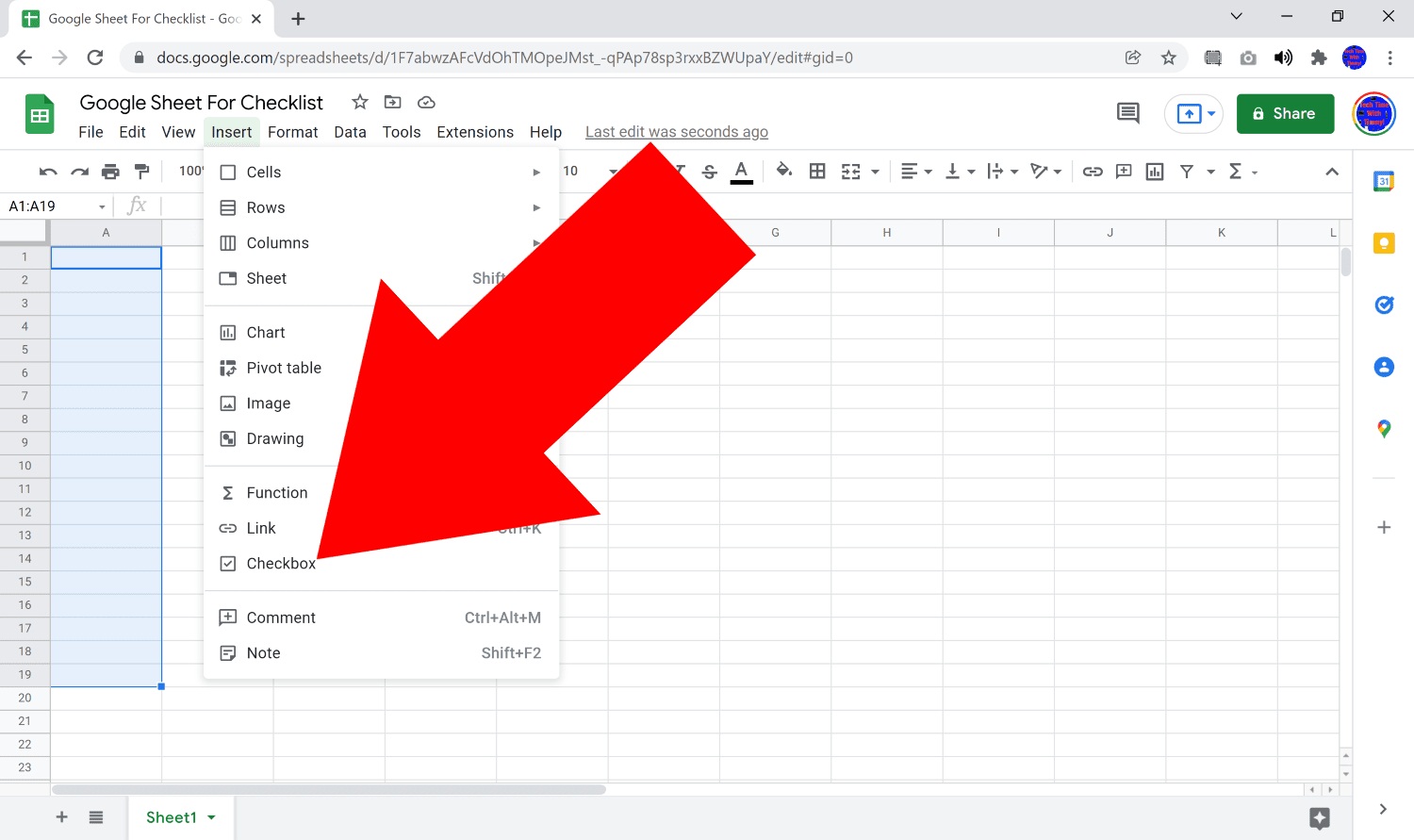
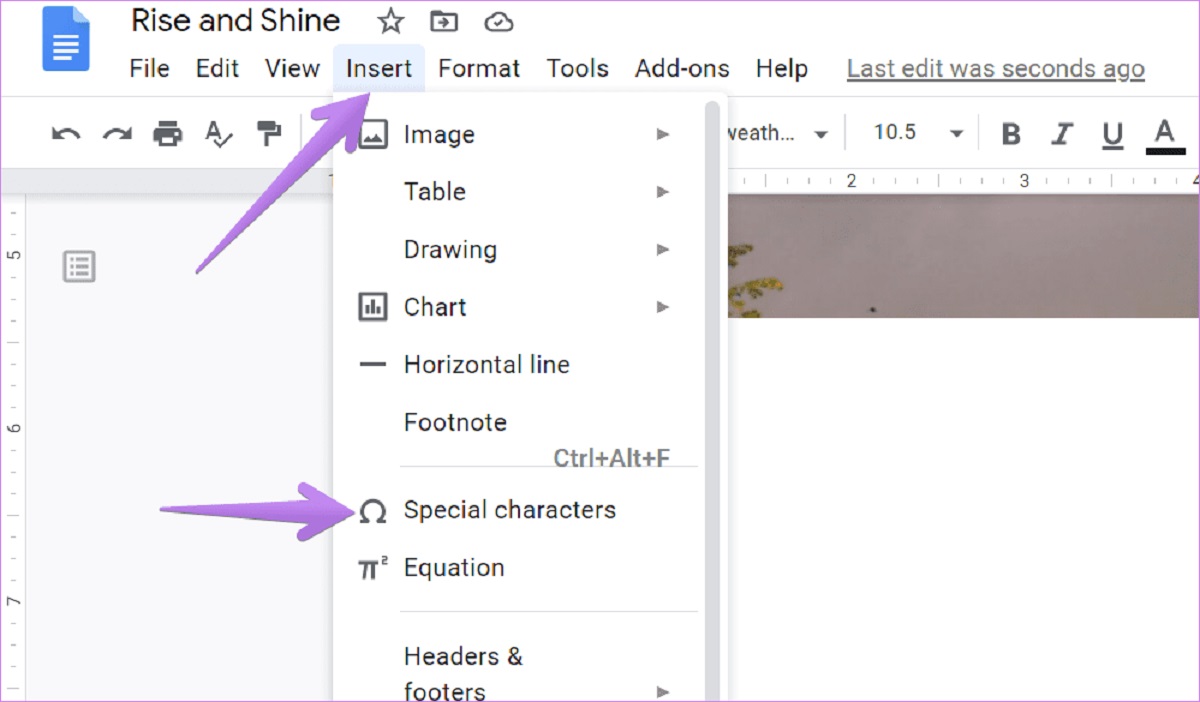
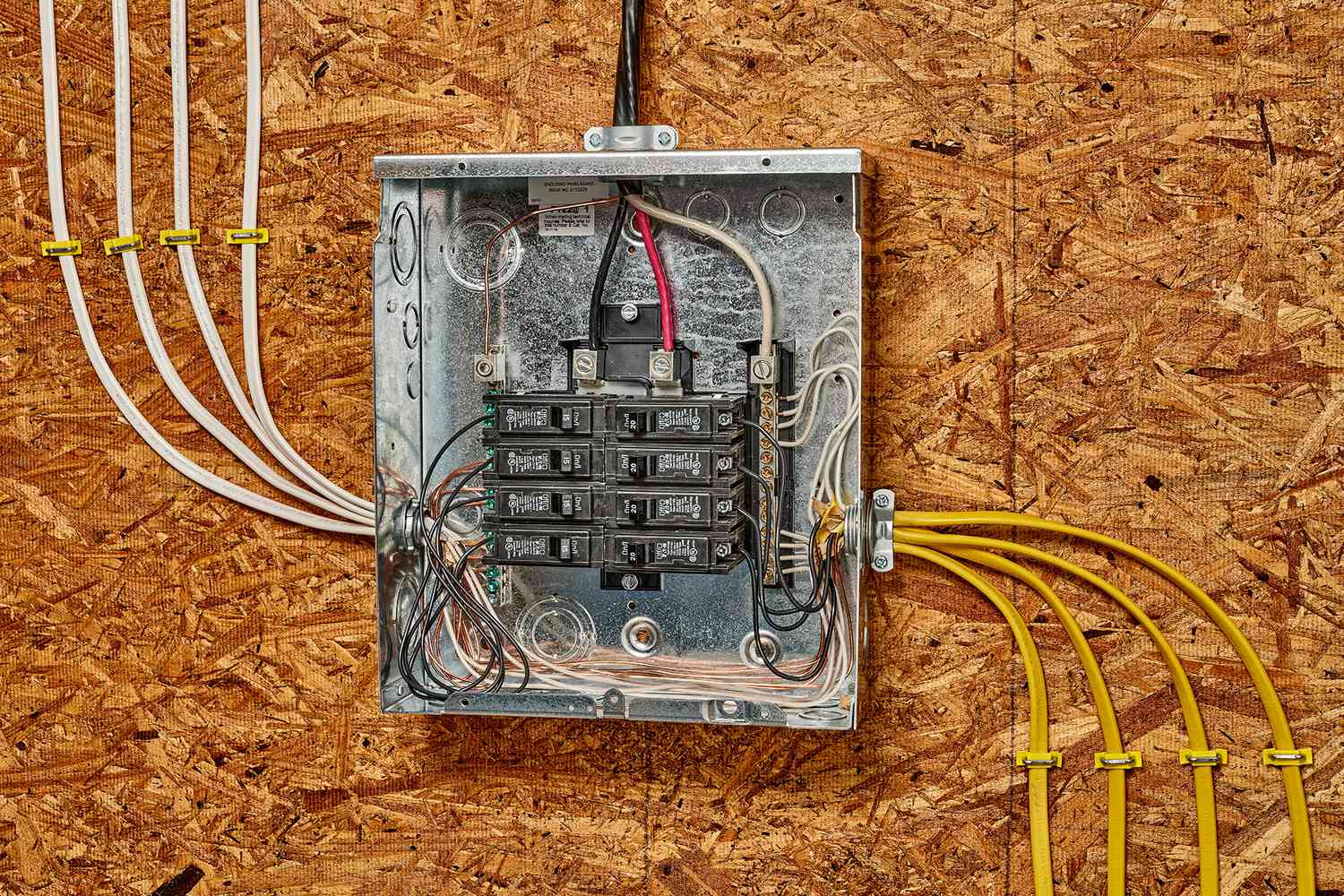
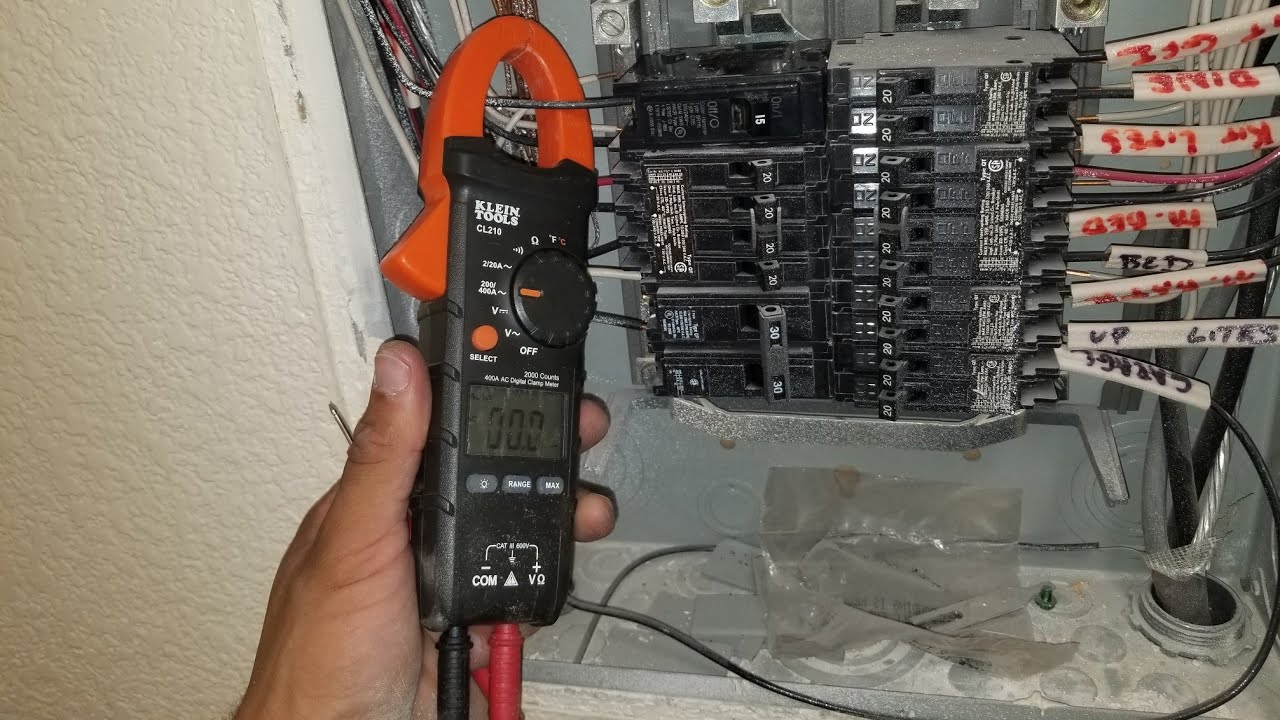
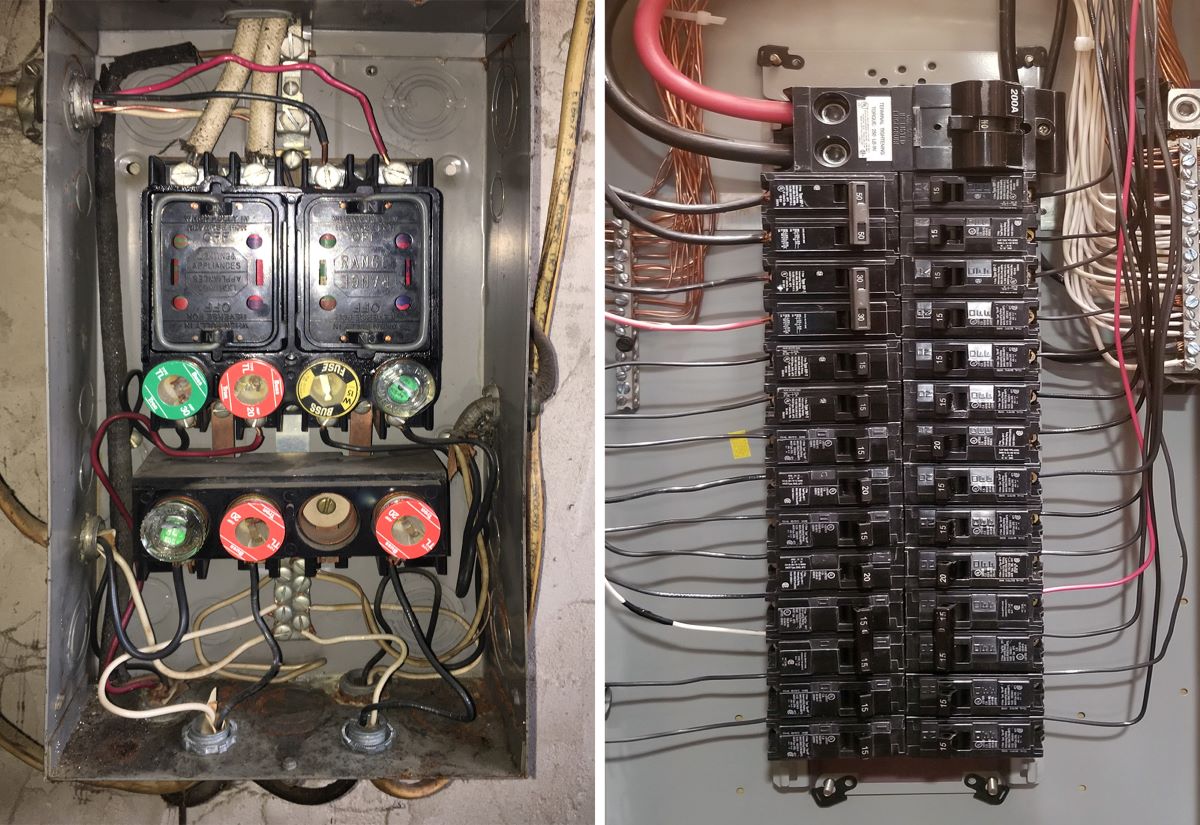

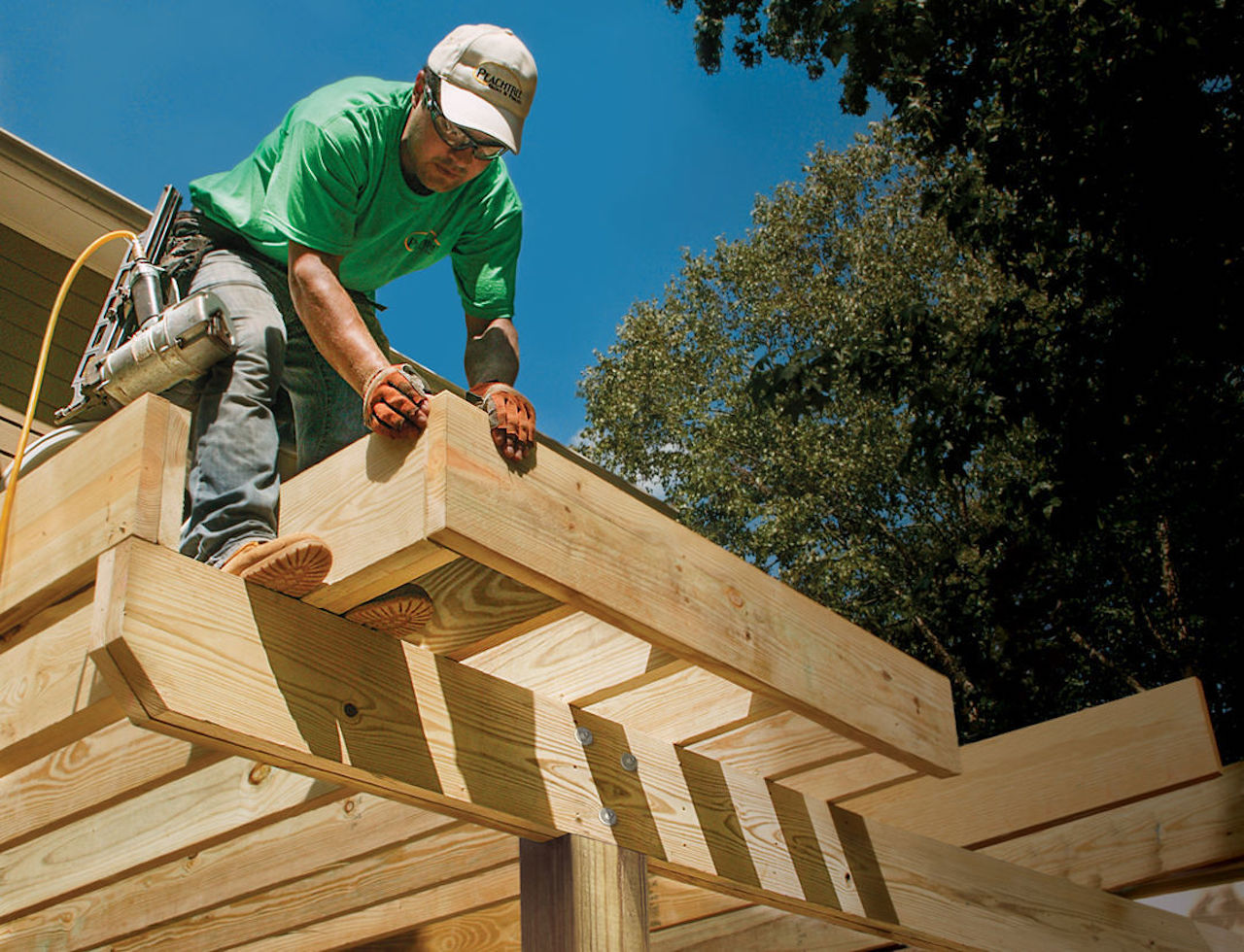
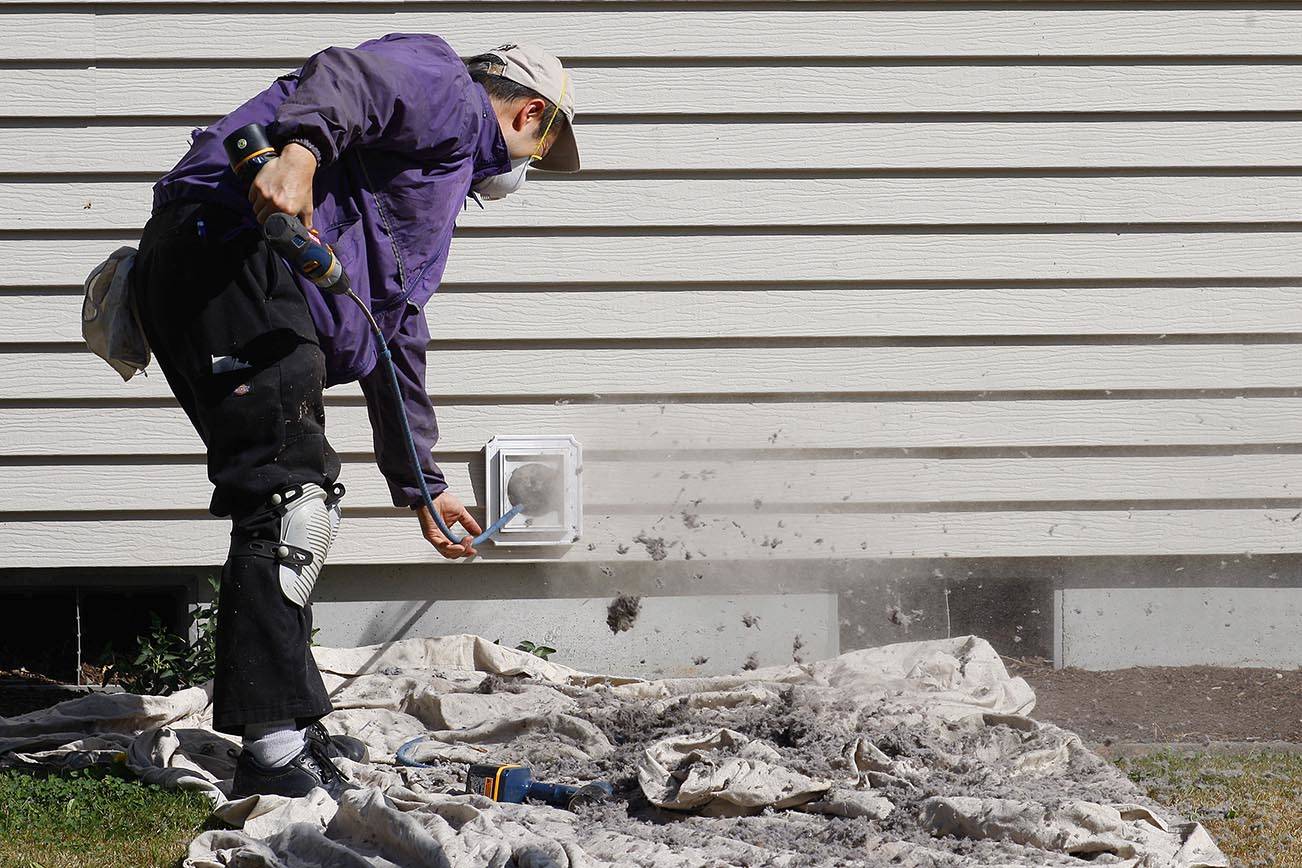
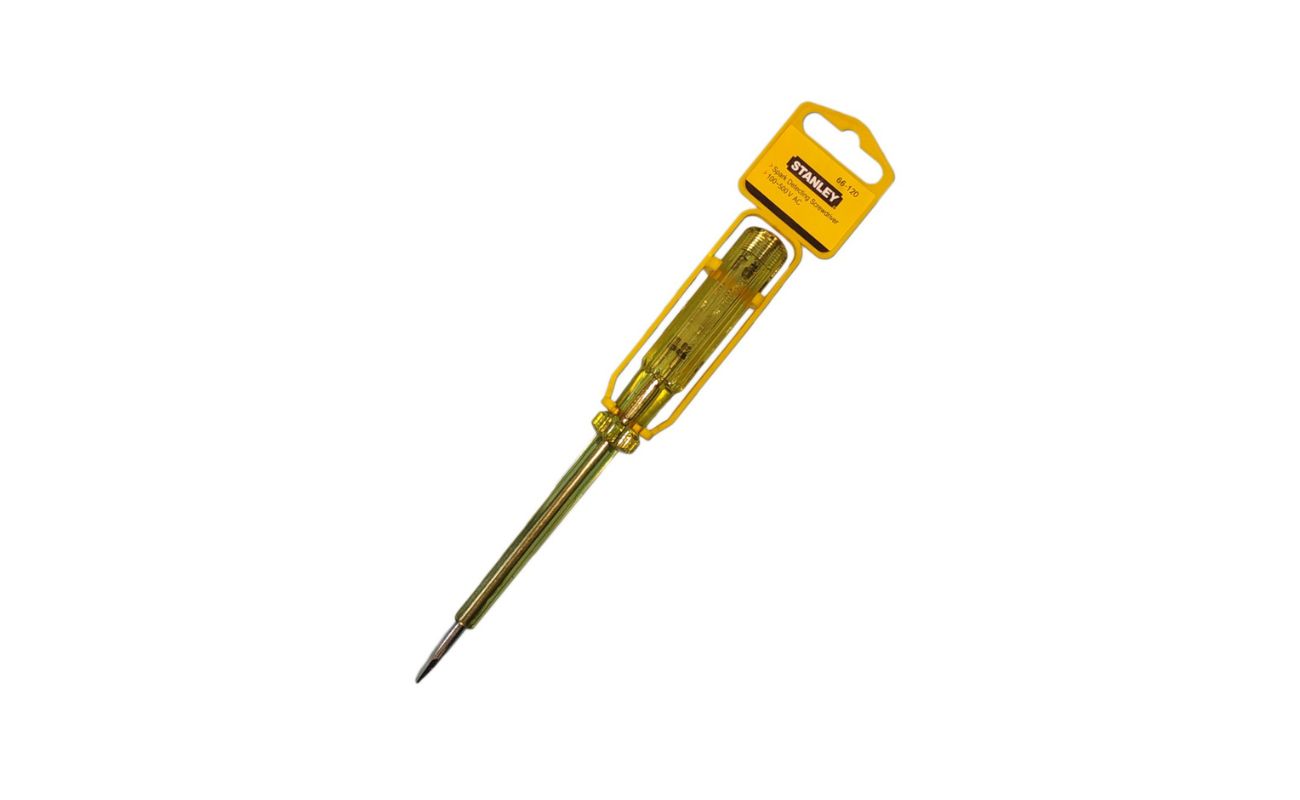
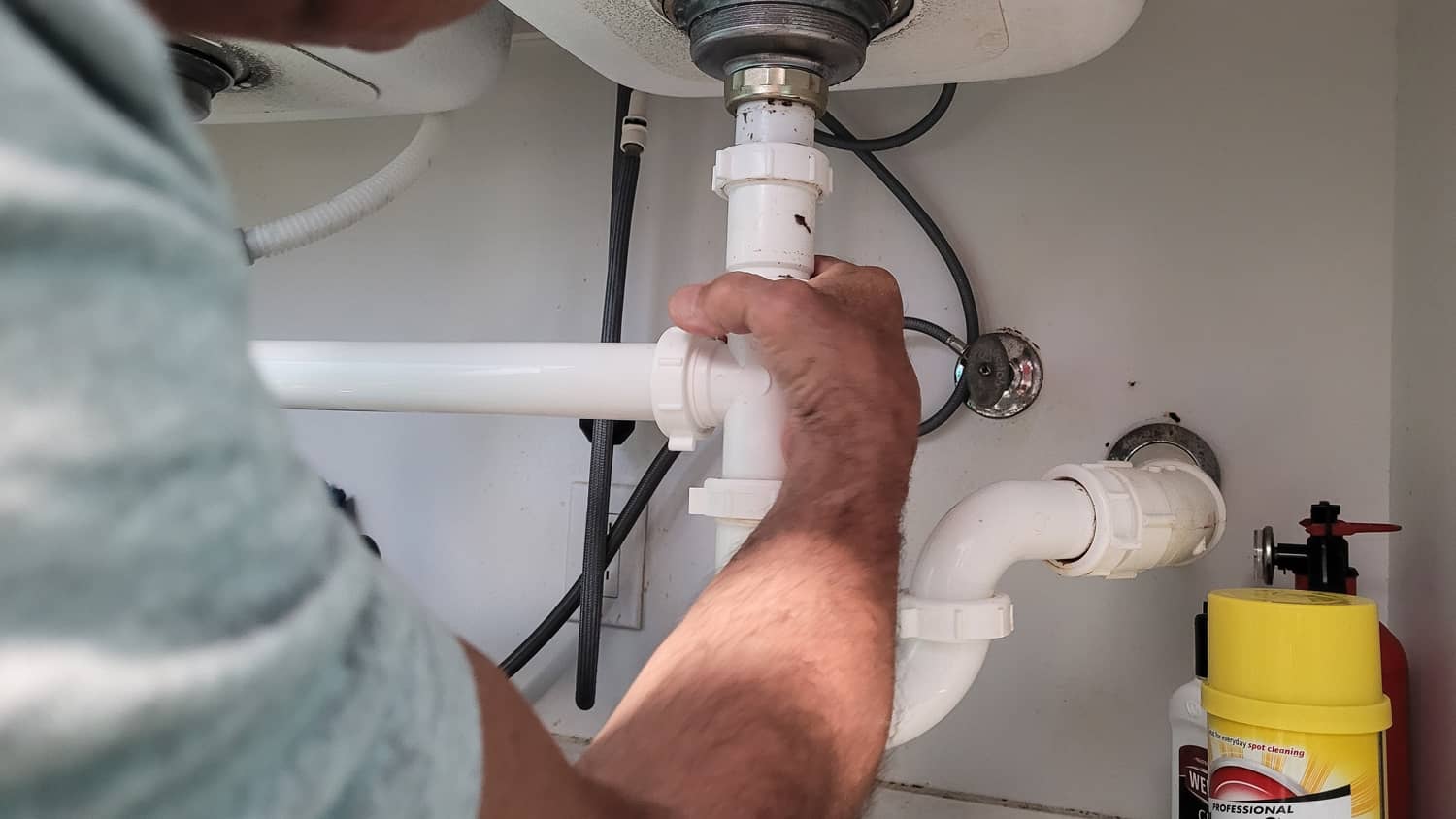
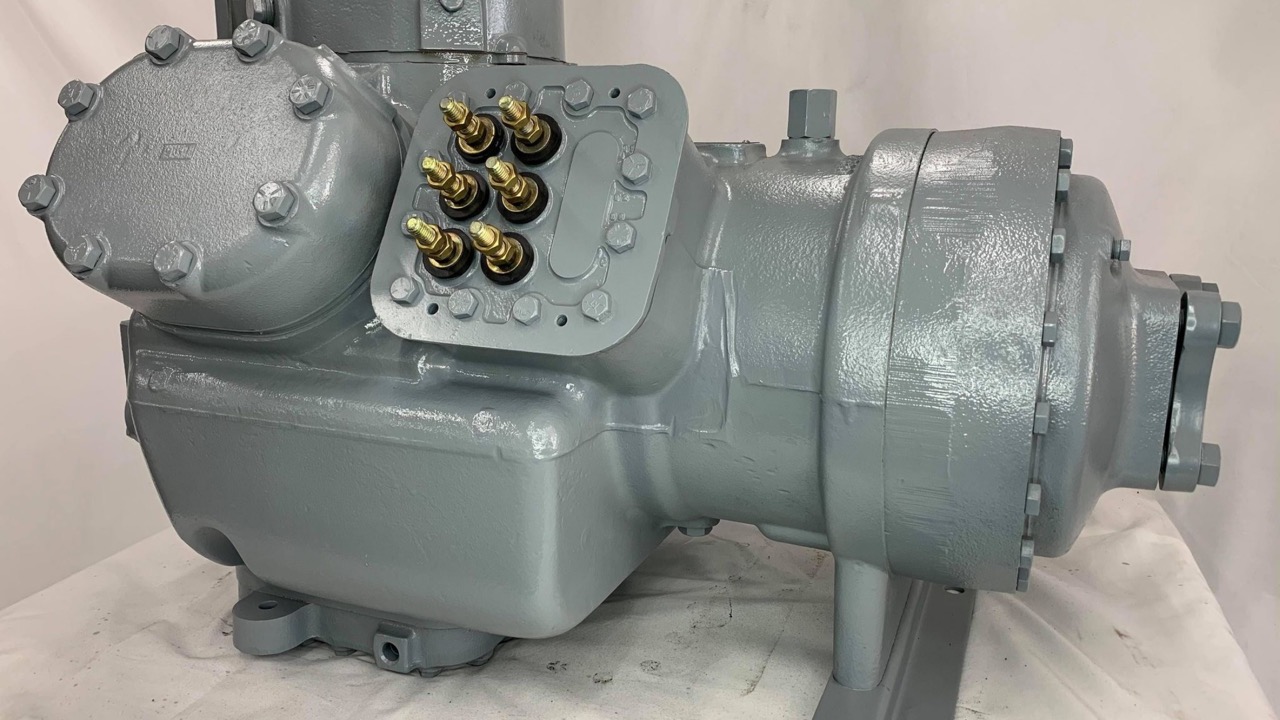
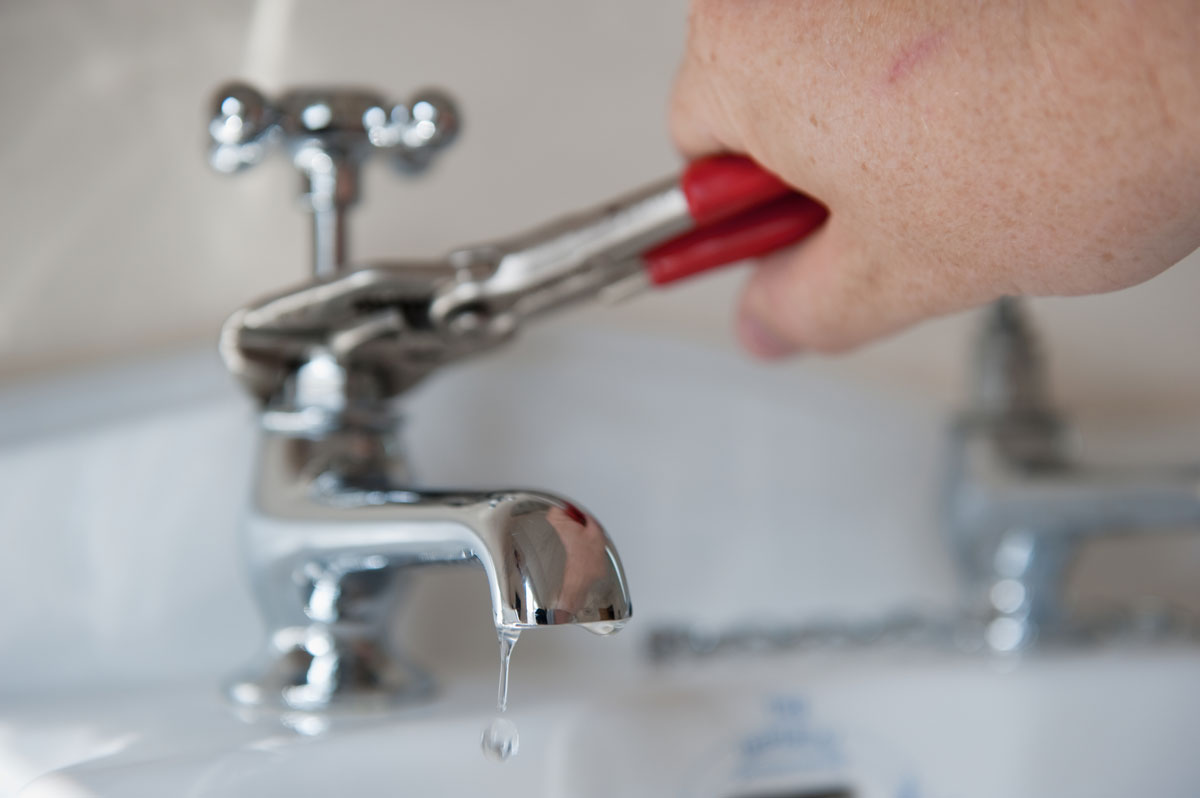
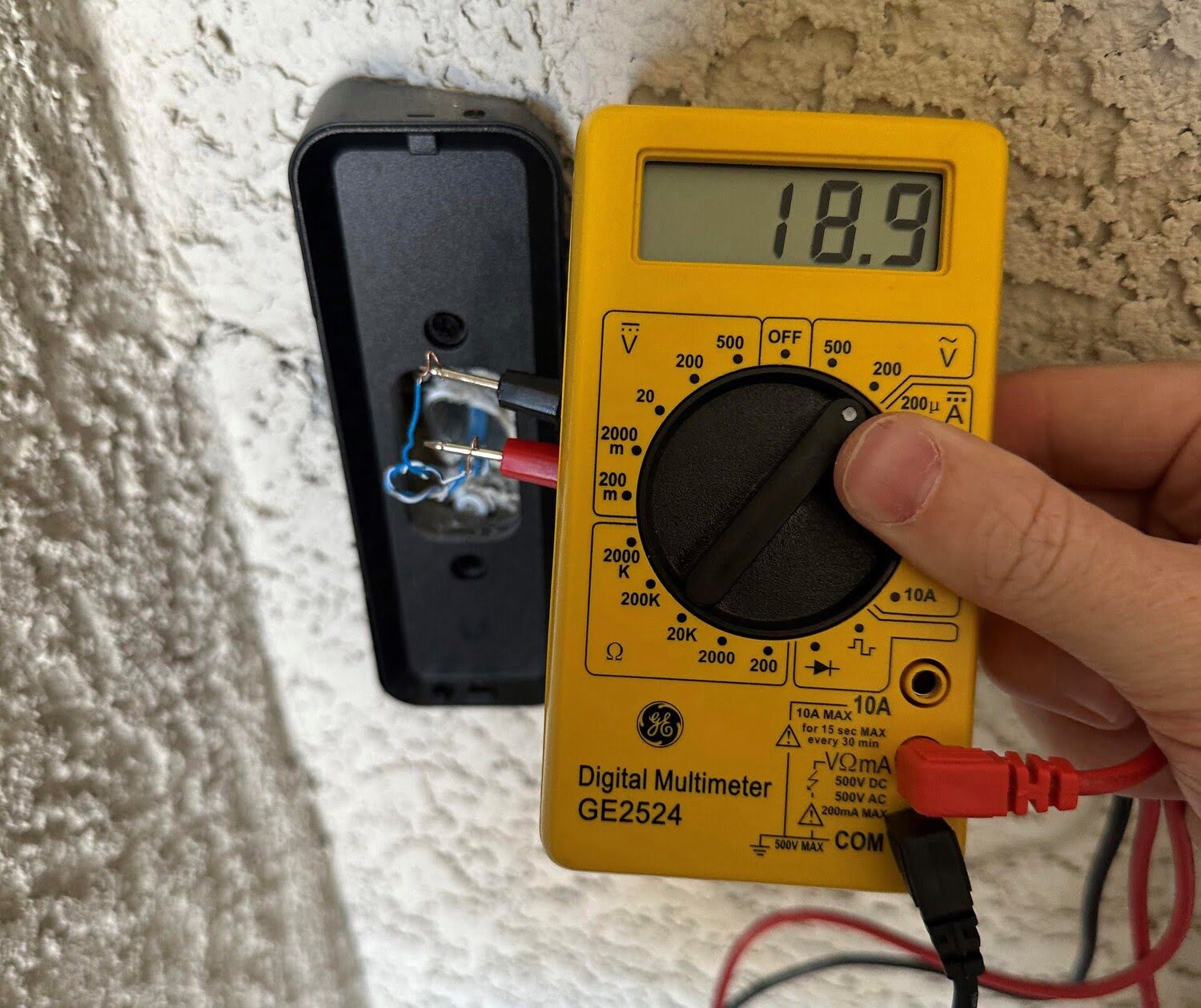
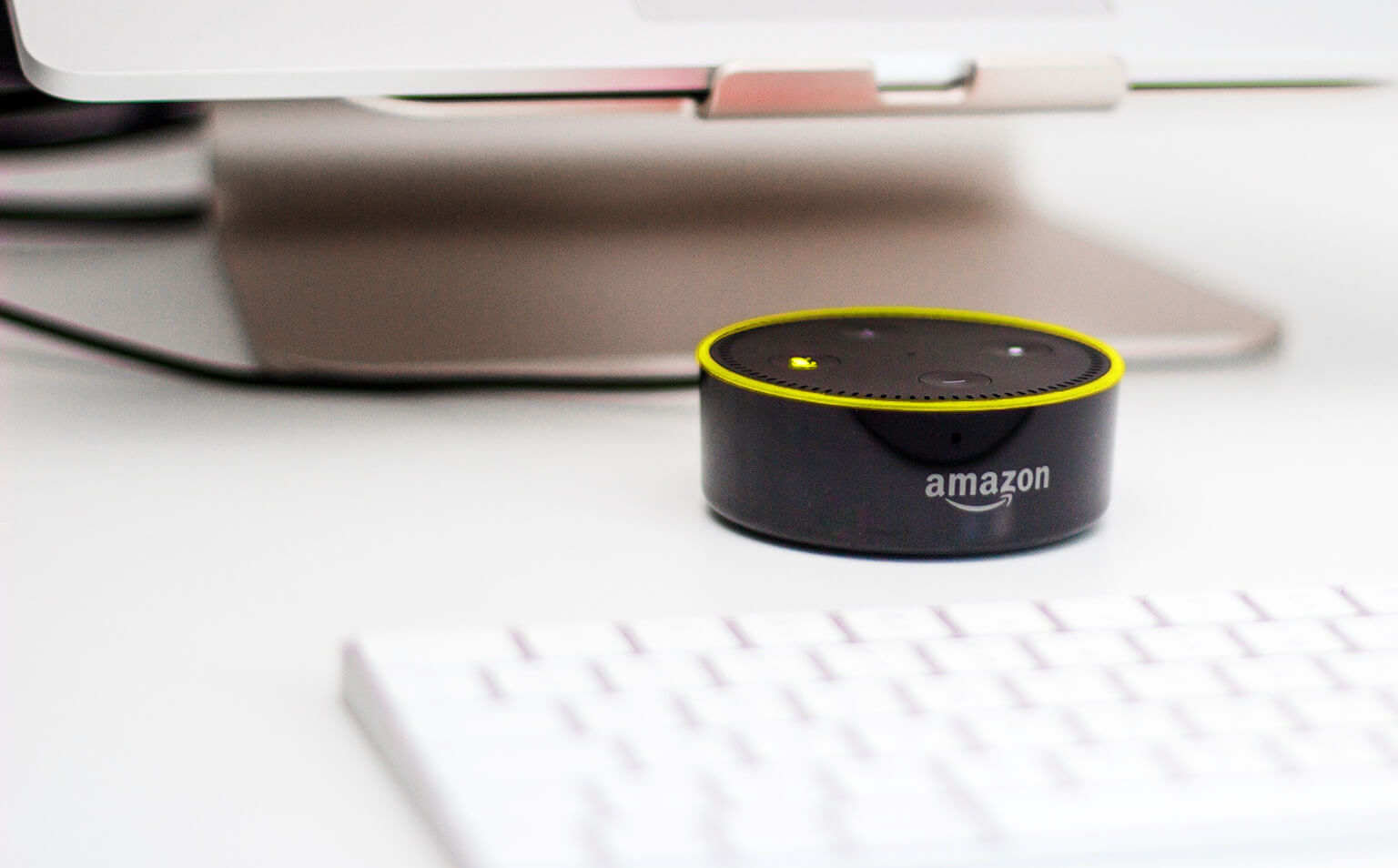

0 thoughts on “How To Check Breakers In Breaker Box”